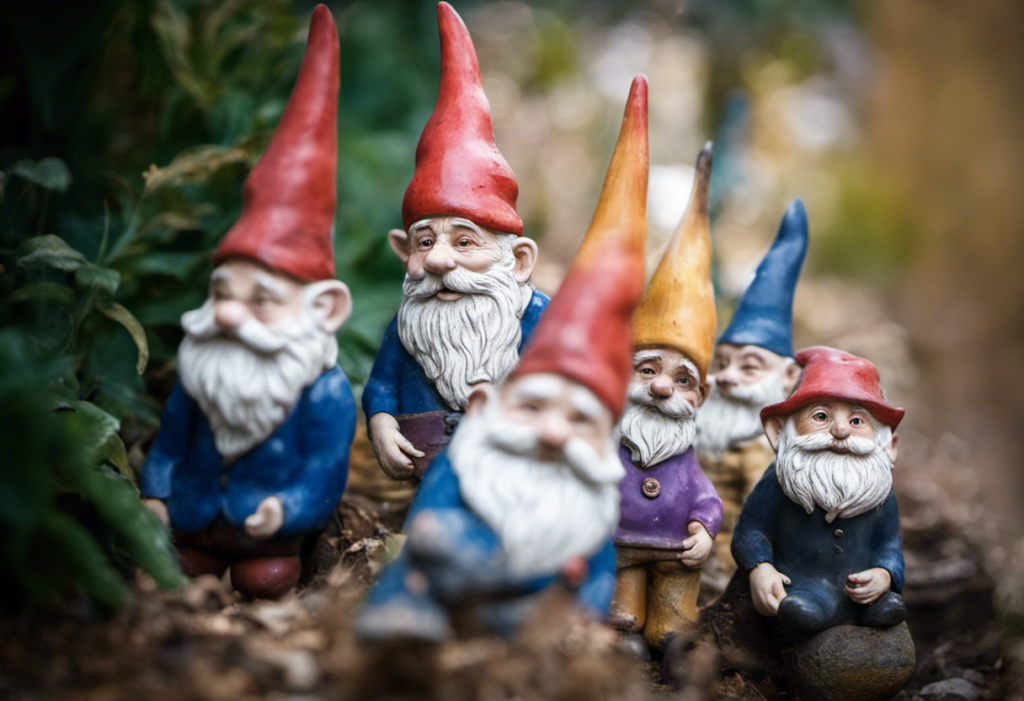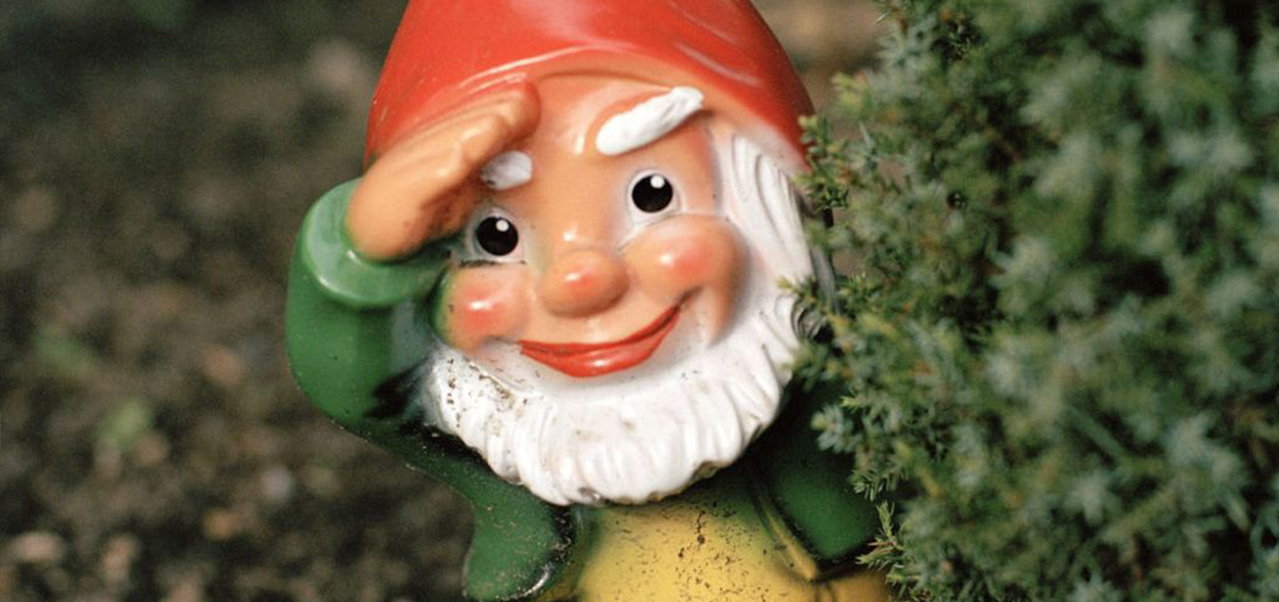Garden gnomes, whimsical figurines with pointy hats and cheerful expressions, have become iconic in garden decor. Originating in 19th-century Germany, they were created as part of the Romanticism movement to bring a touch of the fantastical to gardens. These clay-based figures represented earthy spirits and were thought to bring good luck to the garden. Gnomes have found their way into various cultures and folklore tales, with Scandinavian mythology depicting them as protectors of earth’s treasures. In modern times, they are often depicted as cheerful and mischievous beings, embodying the spirit of playfulness.
Adding garden gnomes to your garden can infuse it with whimsy and magic, turning a simple garden into an enchanting realm. Selecting the right garden gnome involves considering the theme of your garden and the personality you want to convey. From traditional to quirky designs, there’s a gnome for every style.
Garden gnomes have gained a dedicated following among collectors, with rare and vintage gnomes often sought after. For DIY enthusiasts, crafting your own garden gnome can be a delightful project, making personalized gnomes cherished family heirlooms.
Despite changing trends in garden decor, gnomes have maintained their popularity, attracting new generations. They can be combined with lush greenery, cozy seating, and ambient lighting to create an enchanting outdoor space. Each gnome is unique, often characterized by their quirky poses and expressions, contributing to the playful ambiance they bring to gardens.

In Feng Shui, gnomes can represent different elements and energies depending on their placement, helping harmonize your outdoor space. Throughout the 20th century, garden gnomes continued to capture the imagination of people around the world, becoming icons of kitsch culture and featured in literature, art, and films.
Garden gnomes, charming and whimsical figurines found in gardens, are often associated with a secret life that unfolds when no one is watching. They are believed to come to life at night, embarking on secret adventures around the garden, tending to plants and flowers. Gnomes are also considered protectors of the natural world, working tirelessly to maintain harmony in the garden ecosystem.
Gnomes are also thought to be mischievous beings with a playful spirit, sometimes rearranging small objects in the garden, leaving behind tiny trails and evidence of their nighttime escapades. They have a special connection with the creatures of the garden, such as birds, rabbits, and other animals, sharing secrets and forming a unique bond. Some stories suggest that gnomes have a heightened awareness of weather patterns, adding to their mystical allure.
Garden gnomes are also associated with dreams and imagination, inspiring wonder and creativity in those who behold them. Their presence in gardens has often been thought to bring favorable outcomes. In their early origins, garden gnomes were believed to possess protective qualities, warding off evil spirits and protecting crops from harm. This belief in their protective abilities contributed to the idea that they could bring good luck to the garden and its caretakers.
Over time, the idea of garden gnomes as lucky charms has expanded beyond their original protective roles. Their cheerful and whimsical appearances bring joy and a sense of magic to outdoor spaces, uplifting spirits and fostering a sense of well-being.
In conclusion, garden gnomes stand as a testament to the enduring human desire for whimsy, magic, and the fantastical. From their beginnings as protective spirits in German gardens to their widespread popularity as decorative figurines, they continue to enchant and delight people of all ages, reminding us of the importance of embracing whimsy and magic in our outdoor spaces.

